New School Year – where is Finnish education heading next?
We get a lot of visitors from different countries, who are seeking new ideas and inspiration from Finland. Finland is known to have created a very unique and original education system that has managed to combine stress-free and learner-centered approach with excellent learning results. Therefore it is natural that our visitors are anxious to see where Finland is heading next.
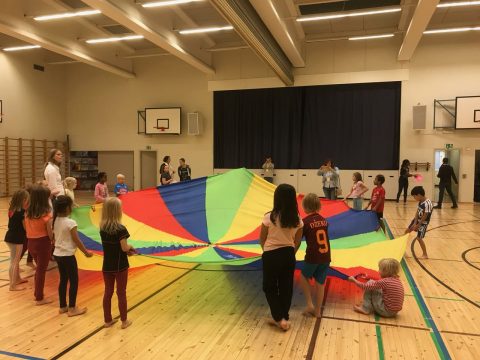 Even though Finland has managed to create high-quality education system with outstanding results, it doesn’t mean that we don’t face problems. Quite the contrary, the world is changing and we need to constantly find new solutions to meet the emerging challenges also in education. Societal discussion about education is very common in Finland and there is constant debate over how should we develop education in the Finnish society.
Even though Finland has managed to create high-quality education system with outstanding results, it doesn’t mean that we don’t face problems. Quite the contrary, the world is changing and we need to constantly find new solutions to meet the emerging challenges also in education. Societal discussion about education is very common in Finland and there is constant debate over how should we develop education in the Finnish society.
The new school year starts in the mid-August in Finland and every year Finland has new goals and aspirations we are trying to achieve. Here are some examples of the on-going reforms in Finnish education at the moment:
Early Childhood Education (1-6 yrs)
The new national curriculum for early childhood education is now implemented in all Finnish day-care centers around the country. In the new ECE curriculum there is a strong emphasis on transversal competencies, like learning and thinking skills, taking care of oneself and managing daily life, cultural competence, interaction, and self-expression, participation and involvement, IT skills etc.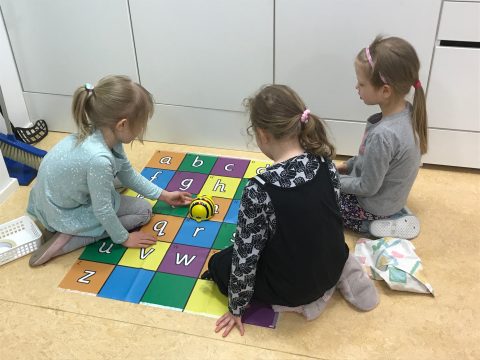
All this is carried out following the core principles of Finnish play-based and child-centered early childhood education. Finland is a great source of inspiration to those early childhood experts, who wish to combine developing needed meta-skills for learning and at the same time providing stress-free, happy and joyful childhood for the young children.
Basic Education (7-16 yrs)
Finland has a long tradition in teaching several languages to all children. All Finnish students study at least one foreign language plus Finnish and Swedish (both official languages of Finland). In addition to this, many students opt for more foreign languages. In total it is possible for a Finnish student to study five different languages basic education. The majority of Finnish students study English as their first foreign language, but also for example Russian, French, German, Spanish or Chinese can be studied (not all schools offer these options).
From this school year on, Finland is starting the teaching of the first foreign language earlier than before. Now all the Finnish students start studying the first foreign language at latest the second term of the first school year (1st grade). Studying is very much play-based, focusing on different games, songs and rhymes. The objective is to develop language awareness, oral skills and interaction alongside with brave and joyful use of the new language. Learning grammar and correct spelling comes later.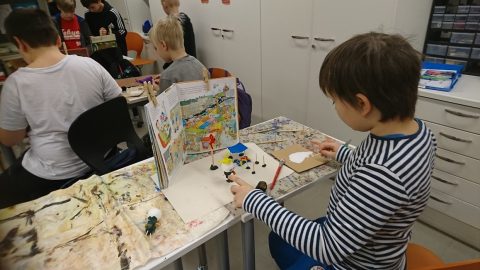
This school year Finland is now implementing the new curriculum for basic education for all grades 1-9. Finland started to implement new curriculum in 2016, but to give teachers, students and schools time to adjust, the implementation process has been gradual.
From this school year on the new innovations of the latest curriculum can be observed in all grades from the 1st to the 9th. Teachers are striving to create multi-disciplinary learning modules and phenomenon-based learning projects. Furthermore, more physical activity is integrated to studying all school subjects.
The latest curriculum emphasizes learning digital and IT skills as an important goal. Therefore learning IT skills is part of teaching of all subjects and many interesting digitalization projects are going on. Not to mention increasing student participation, parents’ involvement etc.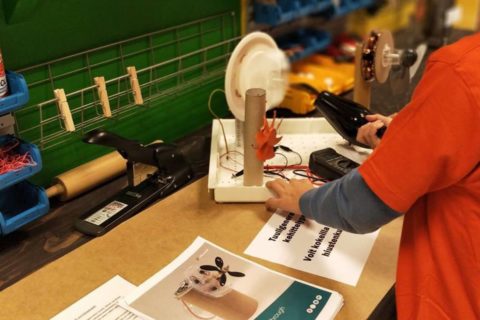
High Schools (16-19 yrs)
Finnish high school ends with the matriculation examination, which is the only national, standardized exam in the Finnish education system. The matriculation examination has been strongly developed during the last years. One of the major developments has been the digitalization of the entire exam. Now all the school subjects in Finnish matriculation examination are executed and answered digitally. This model has raised a lot of interest globally.
From this school year on, high schools are obligated to collaborate with higher education institutions and universities. There has been co-operation with Finnish high schools and universities also before, but now new forms of collaboration, like joint courses, are emerging. The underlying principle in this type of co-operation is to lower the threshold between upper secondary and higher education, to make university studies already familiar to high school students and to strengthen the holistic learning path in Finnish education.
***
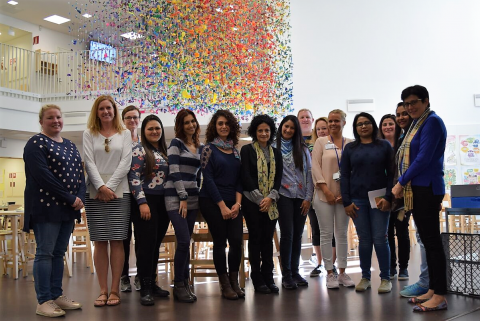 These are only few of the on-going educational reforms and development projects! There are many more interesting enterprises and experiments going on right now.
These are only few of the on-going educational reforms and development projects! There are many more interesting enterprises and experiments going on right now.
Want to know more? We always update our study tour programs also to cover also the latest developments in Finnish education: Early Childhood Education Study Tour, Basic Education Study Tour, High School Study Tour, Education in Finland Study Tour and Principal Study Tour? You are more than welcome to come here and get inspired by the most recent educational innovations from Finland 😊!
